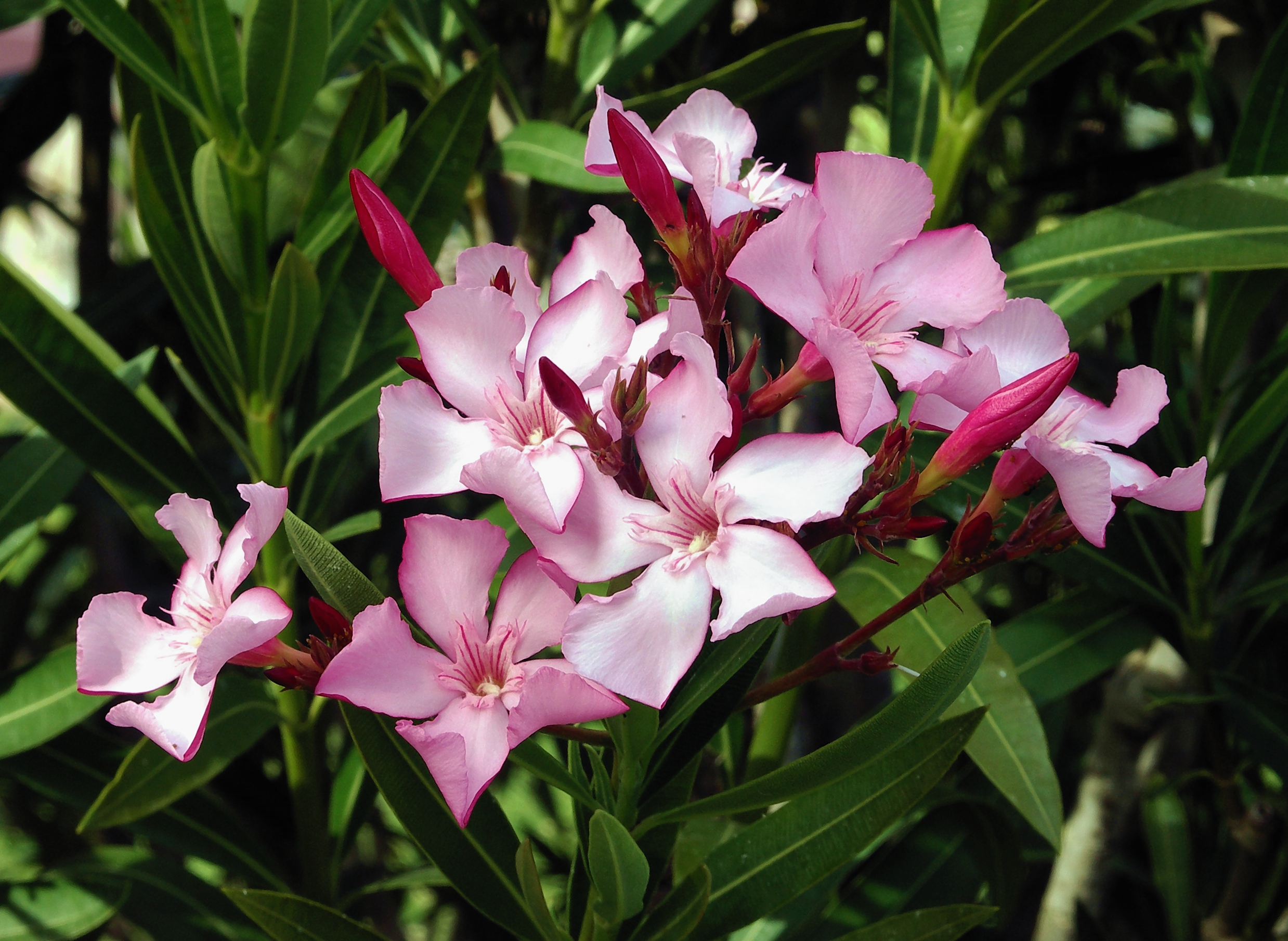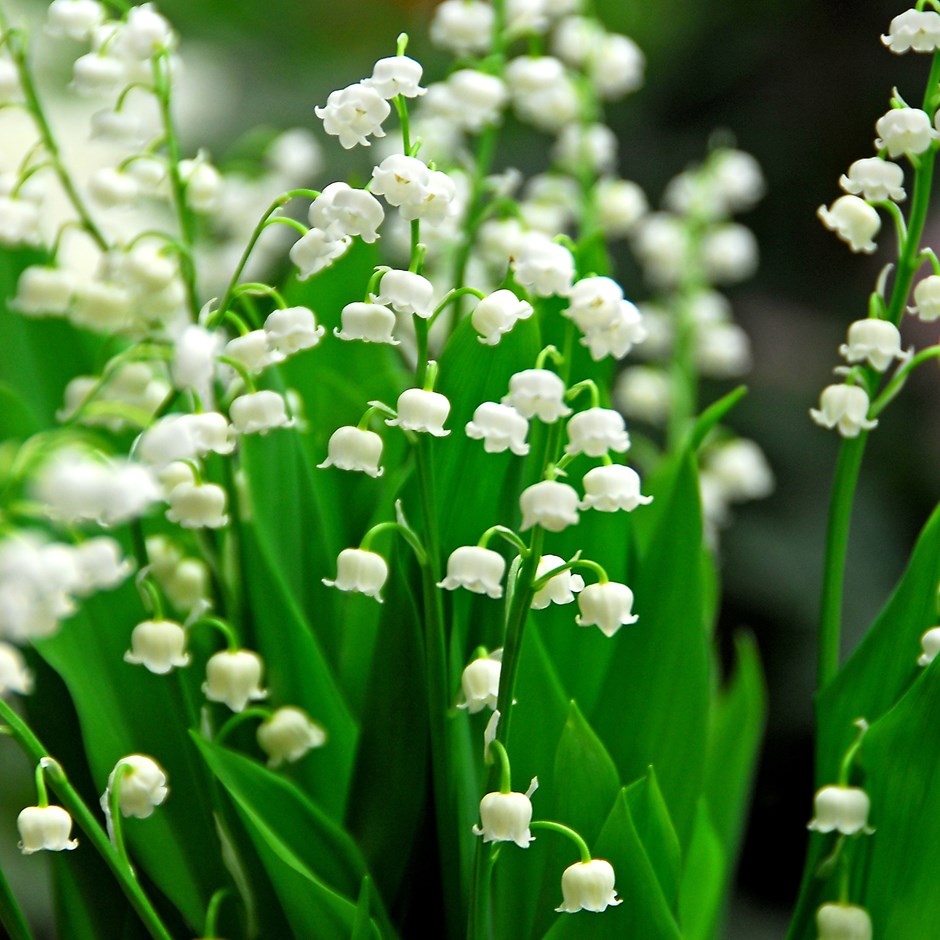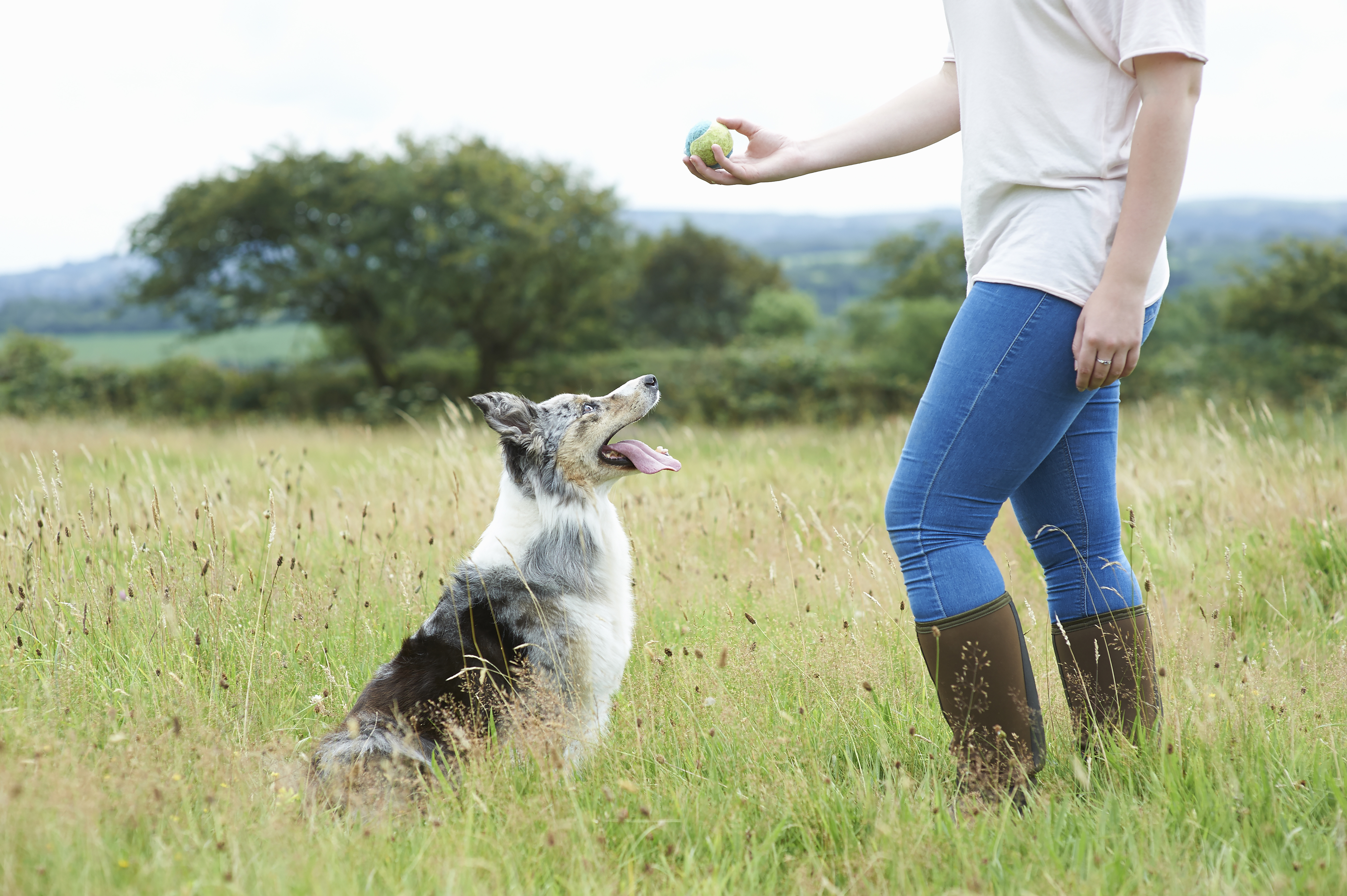Poisonous plants for dogs: avoid them and keep your garden dog friendly
Wonder what poisonous plants for dogs to watch out for? Keep your garden safe for your pet by avoiding these common poisonous plants – and planting dog-friendly ones

Wonder what poisonous plants for dogs to watch out for? Dogs are among the most active and curious pets – and, chances are, at some point your dog might be tempted to try a bright flower they haven't encountered before. Keep your dog as safe as you can by avoiding the plants that can make them very sick.
Fortunately, with proper training, most dogs can be taught to avoid chewing on unfamiliar plants, but we've also included tips on what to do if your dog does eat a poisonous plant.
Find more garden ideas at our dedicated page.
Poisonous plants for dogs
Use this guide to ensure your garden is safe for your dog to enjoy without risk of poisoning or harm.
1. Spring bulbs: poisonous to dogs
As a rule of thumb, anything that grows out of a bulb is poisonous to dogs (which is why they should never be fed onions and garlic), and this is true of some common garden favourites such as hyacinth, iris, and daffodils. It's the bulb itself that's the most poisonous part of the plant, so take extra care when planting your bulbs.
Some dog breeds, especially labradors, will try to dig out the bulbs, so if you know your dog loves digging for treats, you may want to skip these spring-flowering plants.
2. Oleander: toxic to dogs
Oleander is a beautiful, drought-tolerant bush originating in the Mediterranean; unfortunately, this plant is highly toxic (potentially fatal) to dogs, and given its blade-shaped leaves, can be perceived by an animal as fun to chew. Avoid.
Get small space home decor ideas, celeb inspiration, DIY tips and more, straight to your inbox!

3. Lily-of-the-valley: innocent-looking but toxic
The spring favourite is usually found in woodlands, but can also be present in wilder, natural gardens. The entire plant is poisonous to dogs, but they can be attracted to it due to its lovely smell. If you do have it in your garden, it's best to cut the flowers for displaying at home, well out of reach of your pets.

4. Azaleas and rhododendron: highly poisonous to dogs
Azaleas and rhododendron are related plants, and both contain a dangerous resin that could kill a small dog. All parts of the plant are poisonous. You can still keep azaleas as indoor plants in a conservatory, if your pets don't go in there.

5. Plants poisonous to dogs: the most common
What to do if you think your dog has been poisoned
1. Do not try to make your dog sick; instead, contact your vet immediately.
2. Your vet will need to know: what your dog has eaten, touched or inhaled – bring a sample along if you can; how much they might have ingested; when it happened; what symptoms you've noticed.
3. Do not wait for your dog to become unwell – get them treated sooner rather than later.
- Aconitum
- Aloe vera
- Amaryllis bulbs
- Asparagus fern
- Azalea
- Baby's Breath
- Begonia
- Carnations
- Caster Bean
- Chrysanthemum
- Cyclamen
- Daffodil bulbs
- Day lilies
- Delphiniums
- Foxgloves
- Gladiola
- Hemlock
- Hostas
- Hyacinth
- Hydrangea
- Ivy
- Laburnum
- Lilies
- Lily of the valley
- Lupins
- Milkweed
- Morning Glory
- Nightshade
- Oleander
- Pelargonium
- Poinsettia
- Pothos
- Rhododendron
- Rhubarb leaves
- Sago Palm
- Sweet pea
- Tomato Plant
- Tulip bulbs
- Umbrella plant
- Wisteria
- Yew
6. Other dog poisons in your garden
5 tips for a dog-friendly garden
1. Put in plants that are non-toxic for dogs. These include: calendula, camelias, centaurea, impatiens, elaeagnus, honeysuckle, snapdragons, sunflowers and Michaelmas daisies.
2. Ensure the areas your dog dashes about in are planted up with robust shrubs and established perennials that the dog won't damage or be harmed by. These include: astilbe, hardy geranium (not Pelargonium, which can be toxic to dogs), lavender, ornamental grasses, nepeta, roses and viburnum.
3. Don't let your dog eat slugs and snails; use organic slug pellets to control the population.
4. Do not add chemicals to your pond or water features if dogs tend to drink from them.
5. Don't use cocoa bean shell mulch, it might be tempting to eat but will harm your dog.
Acorns will cause vomiting, diarrhoea and sleepiness. Eaten regularly your dog may experience liver or kidney problems.
Mouldy foods on a compost heap or thrown out for birds will make dogs very sick, particularly dairy, bread and nut products.
Conkers will cause sickness, upset tummies, dribbling and loss of appetite.
Christmas tree needles will irritate their mouths and stomachs, may cause vomiting and diarrhoea if eaten.
Fungi – particularly wild mushrooms or toadstools – can be as poisonous to dogs as to humans, causing everything from vomiting to seizures.
Mistletoe berries will cause stomach upsets and can cause serious harm to puppies in particular.
Stones of the prunus species if cheweed and swallowed can cause toxic effects and even death. Swallowed hole may cause a stomach upset.
Toads, slugs and snails – toads can be poisonous to pets, even if they're just licked or picked up in their mouths; snails and slugs can cause lungworm in dogs.

7. How to train your dog not to eat garden plants
Prevention is always better than cure, so it is best to train your dog not to chew or dig for plants by raising your voice in a firm 'no!' whenever your puppy tries chewing on a plant. With an older dog that wasn't trained it will be trickier, but it's good to remember that most pets, dogs included, chew on plants out of boredom. Try to prevent this by exercising your dog properly in a park, not your garden, and provide plenty of chew toys to keep them entertained. If you find your dog persistently going for a dangerous plant, try spraying it with lemon juice.
8. Autumn plants that are poisonous to dogs
In the autumn, it might seem as if the garden were completely safe for your dog, but this isn't always the case. Common plant poisonous to dogs that are around our gardens include:
- Autumn crocuses: as with other bulb plants, the bulb is the most poisonous plant; avoid planting them when your dog is out and about in the garden;
- Mushrooms: these may be growing in your garden in shadier areas under trees. The most serious poisoning is caused by the Amanita phalloides, or the Death Cap, so make sure it's not growing in your garden (tip: it has a pale yellow-green cap);
- Conkers and acorns: both are poisonous to dogs and can also cause intestinal blockages;
- Holly: you might have a holly tree in your garden, or you're planning on getting some for your winter house decorating. If so, make sure it's well out of reach of your dog: the berries will cause vomiting, while the sharp leaves can damages their intestines.
Best vacuums for pet hair
More plant-related reading:
Anna is a professional writer with many years of experience. She has a passion for contemporary home decor and gardening. She covers a range of topics, from practical advice to interior and garden design.